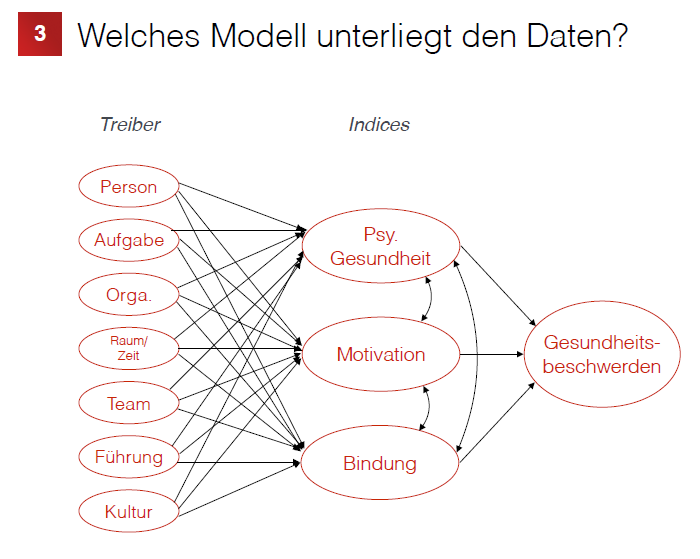DearEmployee -

Starting point and Methodology:
DearEmployee GmbH is a start-up that was spun off from Free University of Berlin. The competent team started to support companies in creating healthy and motivating working conditions for their employees. The platform enables companies to use psychological risk assessments to continuously and scientifically measure stress in the workplace and find customized health solutions for their employees. The tailored measures can easily and effectively reduce healthcare costs and increase employee performance and employer attractiveness. The DearEmployee service measures the mental workload, health, motivation, and retention of employees in companies (mandatory according to ISO standard 10075-3).
BIFI carried out the scientific validation and further development of the survey and evaluation module, the criterion validation of the assessment questionnaire and the refinement of the evaluation algorithm as a service supplement to companies. In addition, a new model was established to collect cut-off values for hazard classification and developed modeling for the individual return on investment of a measure.
Implementation of the Study:
It is common for startups to make ingenious deductions from the data they have. Especially, when the data and associated algorithms represent the added value of their product or service, it is worth optimizing the calculation rules with the help of 'Advanced Statistics' and validating them on a larger sample.
For DearEmployee, a data model was therefore developed and validated, so that derivations from company information could be made more robust. This case is an example of how to proceed in such projects. In order to protect our client's competitive advantage, the content was changed.


The data set comprised 48 individual items that can be used to predict the dependent variable 'mental health' (but also motivation and attachment). In a simple multiple regression, however, only 8-10 items show a statistically significant effect.
Condensing the items into factors is useful to include the information content of a large number of items in the regression model. Exploratory Factor Analysis (EFA) was used to determine the factors, and content considerations were made between BIFI and client.
Results:


The network analysis shows how the various constructs are related to each other. Factor analysis shows how factors can be defined, i.e., which variables they are composed of as a superordinate effect variable. This information is valuable for interpreting factors in terms of content.



Conclusion:

The application orientation for DearEmployee increases considerably with the new and valid data model! As a result, statements can be made about which driver (in interaction with the others) makes which contribution to mental health. Companies can therefore now be told which levers have the fastest impact on mental health.
New factors also produced a good model in the calculations as well. The factors for the Multiple Linear Regression are obtained from the data and adjusted interpretatively in case of theoretical inconsistencies. The variance resolution is above average.
The ad-hoc difference hypothesis "different cause-effect relationships per activity" could not be confirmed. The patterns uncovered were enormously stable. This results in a broad applicability of the model, even across different company divisions.
The calculation rule for the ROI (Return on Investment, i.e. the feedback to the recorded company when a personnel development measure will have paid off) refines itself over time with the established model.

Key Learnings:
DearEmployee was able to use the results of the statistical research and development study to suggest to its customers specific measures in prioritized order that would have the greatest leverage on the mental health, motivation and retention of their own employees.
This is a unique mechanism on the market - comparable to the patented matching algorithm of established partner search platforms. Scientific methods were used here to develop and statistically validate a unique selling point in the scoring and matching logic.
